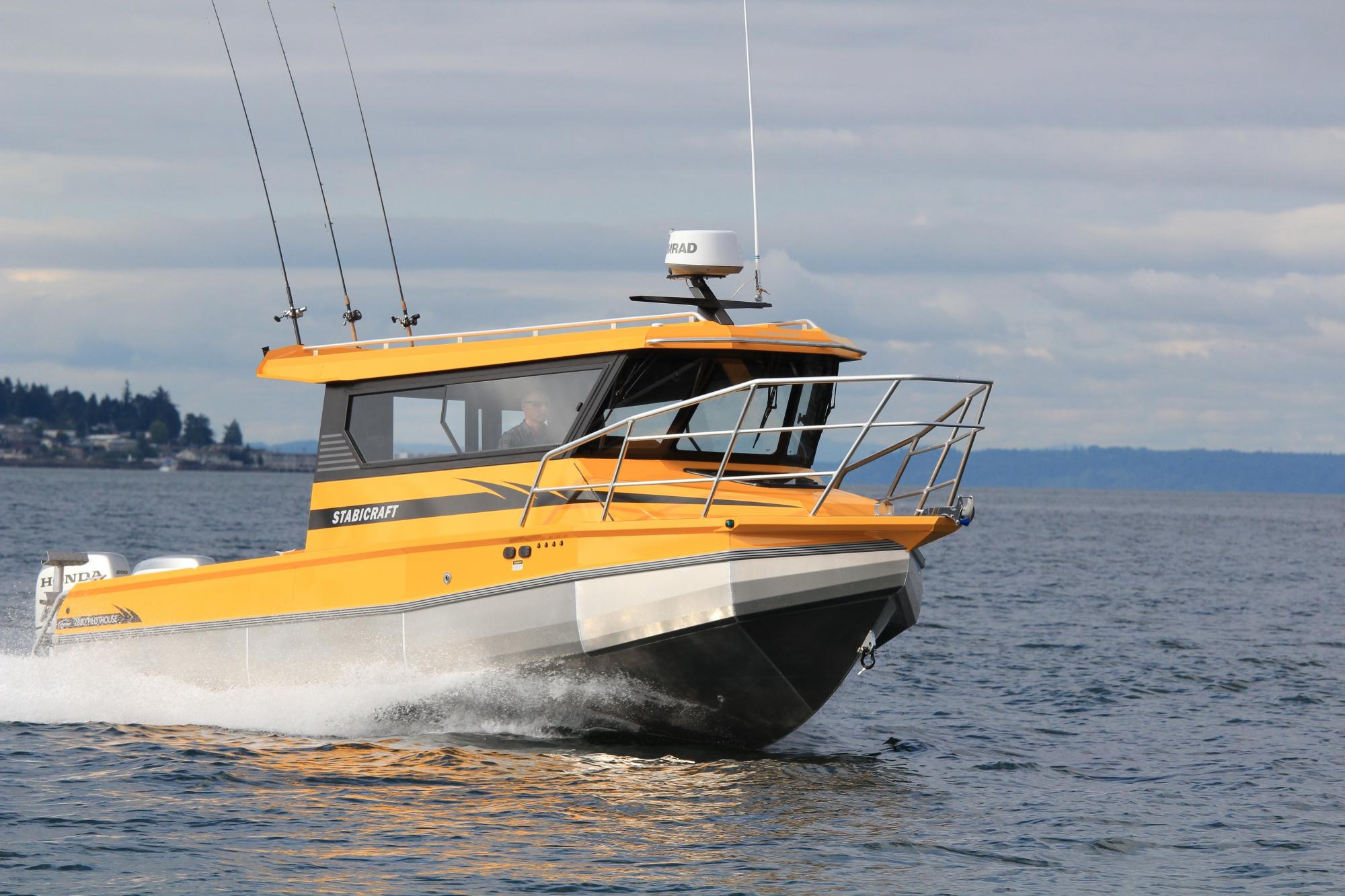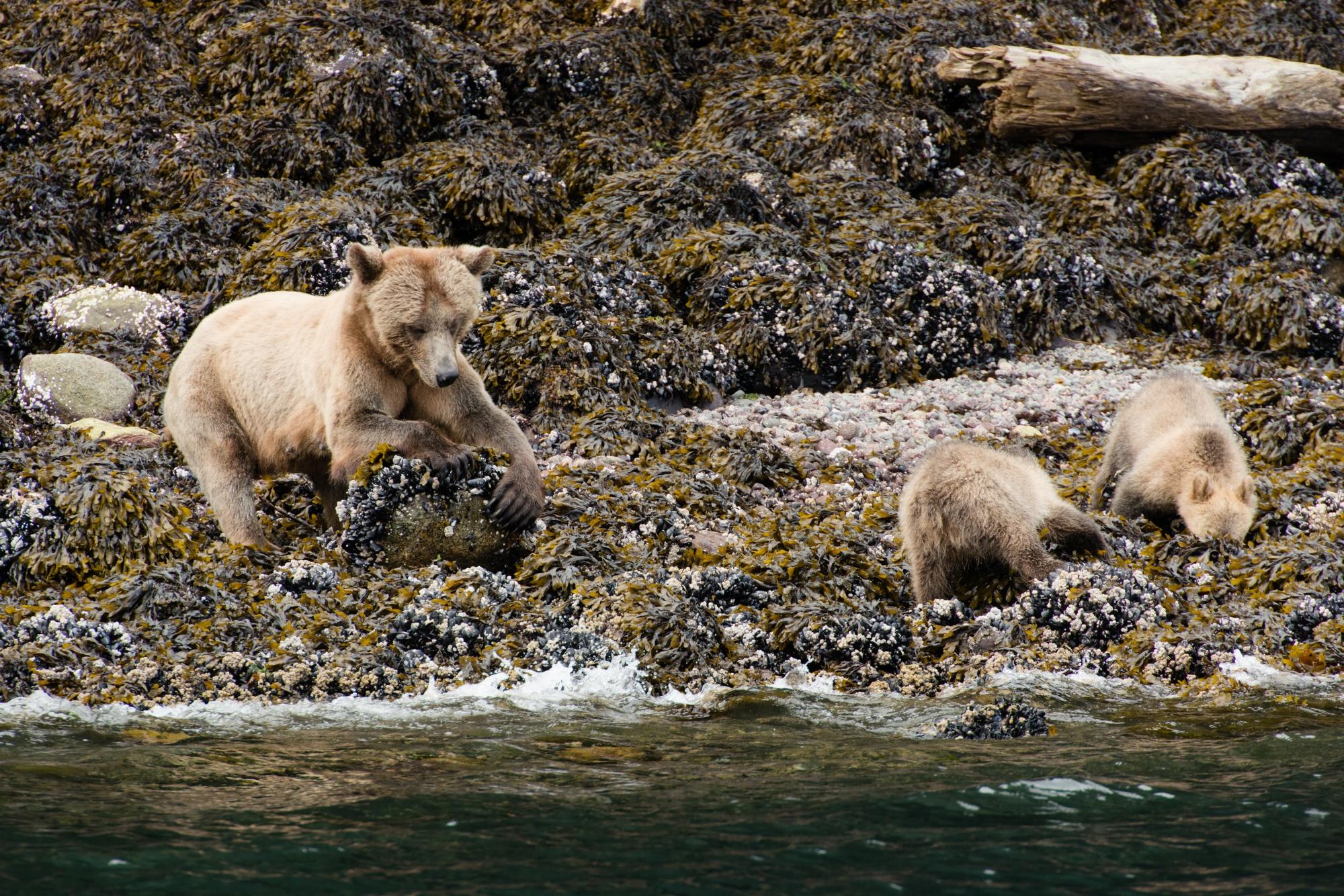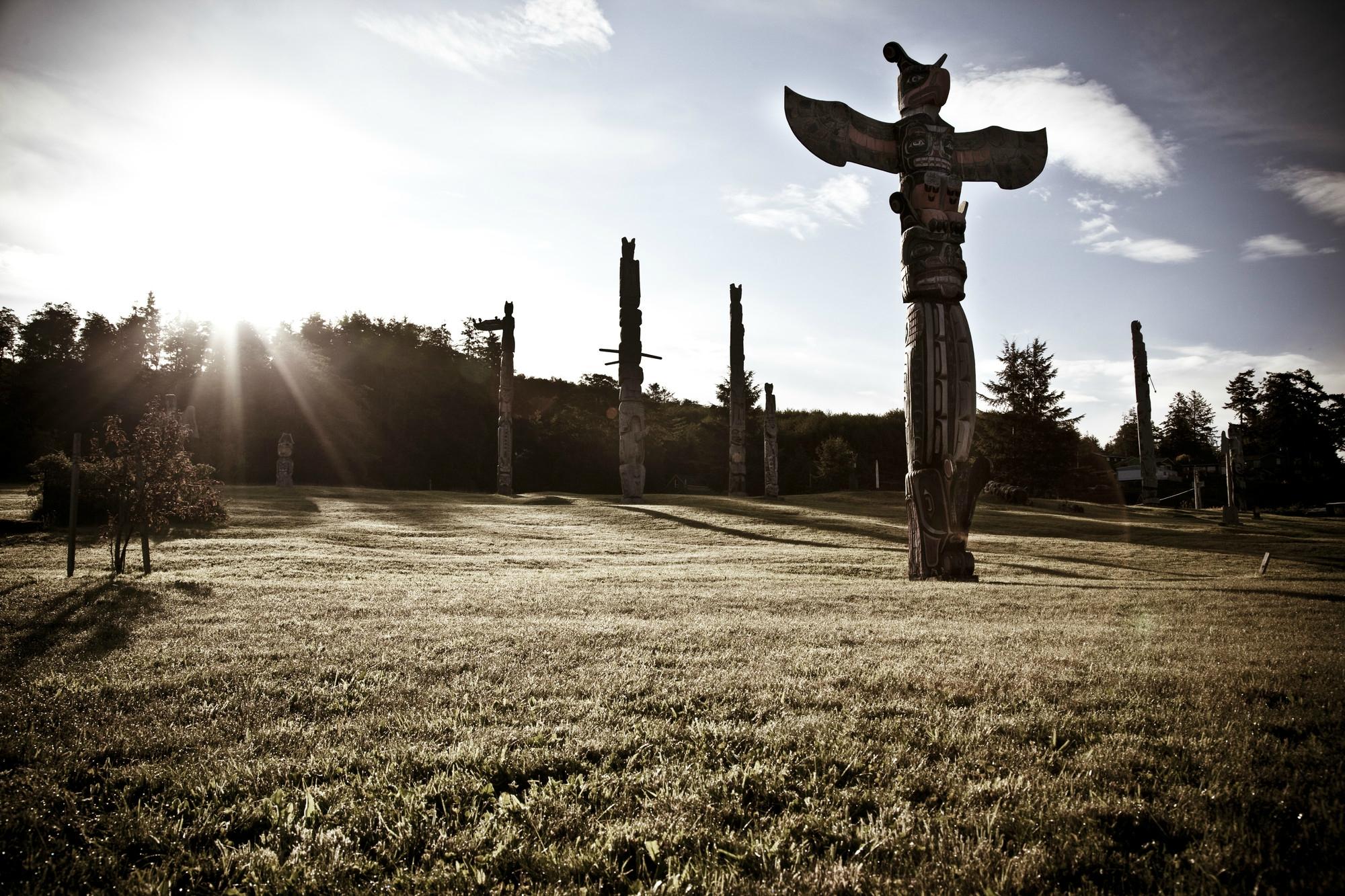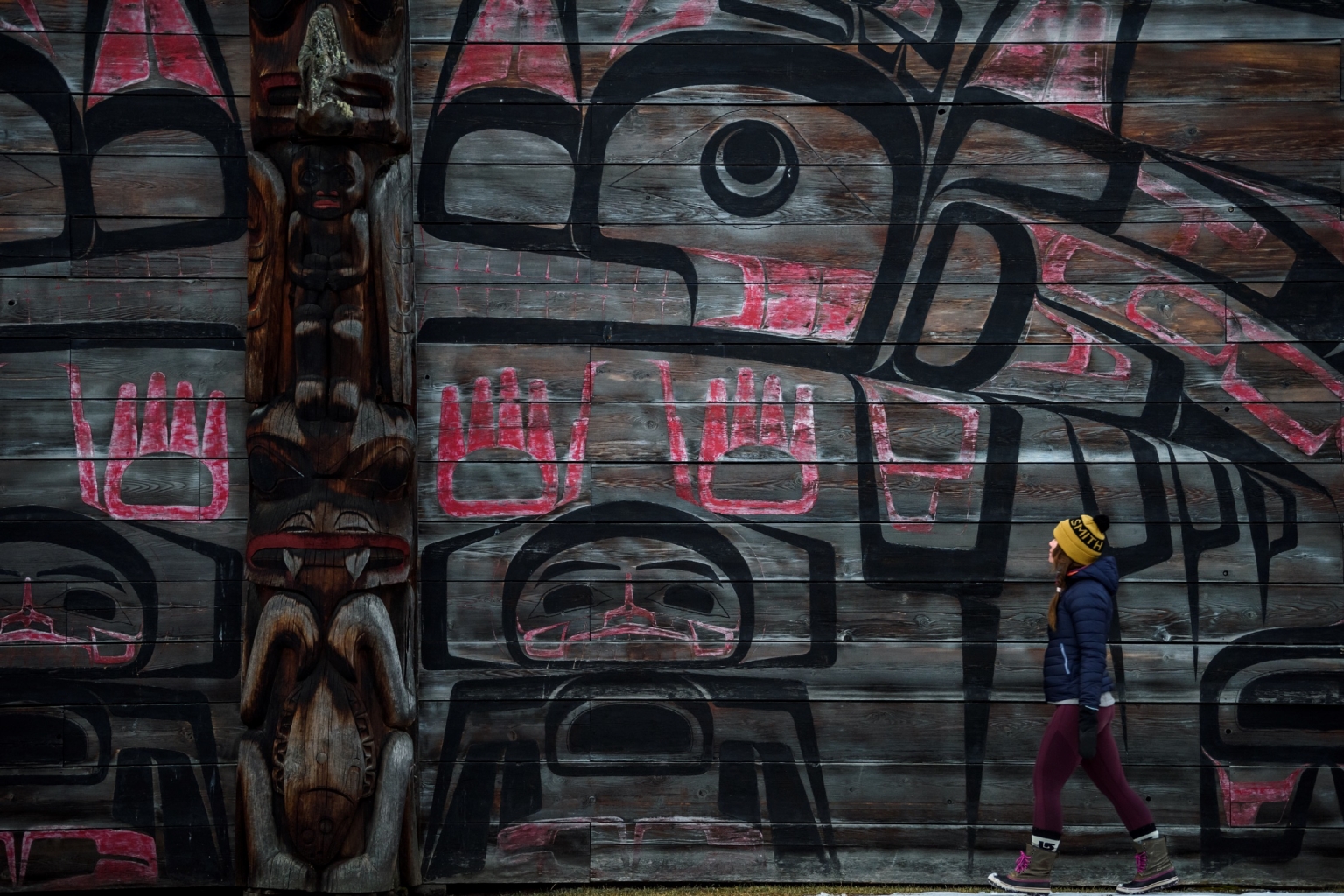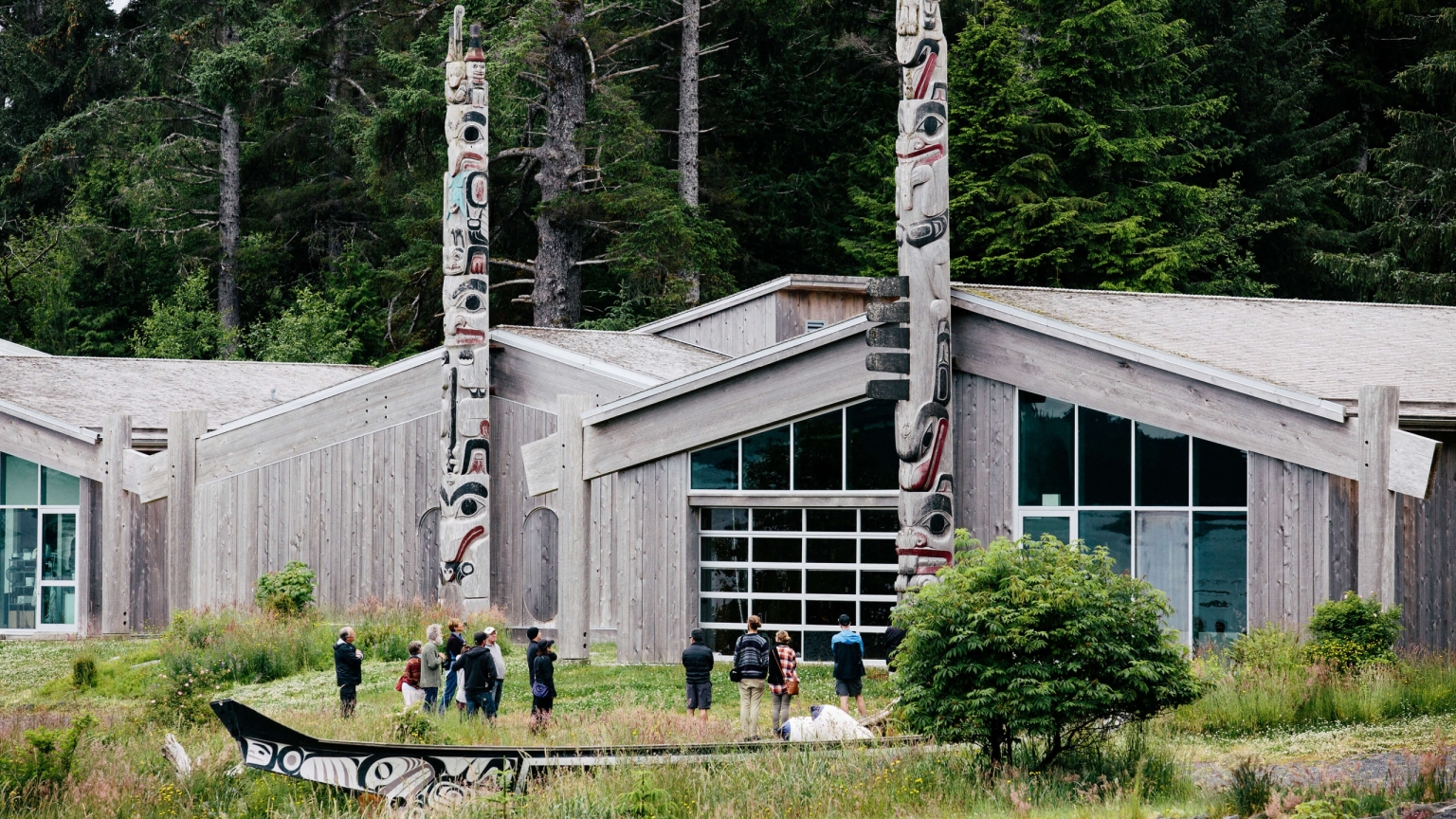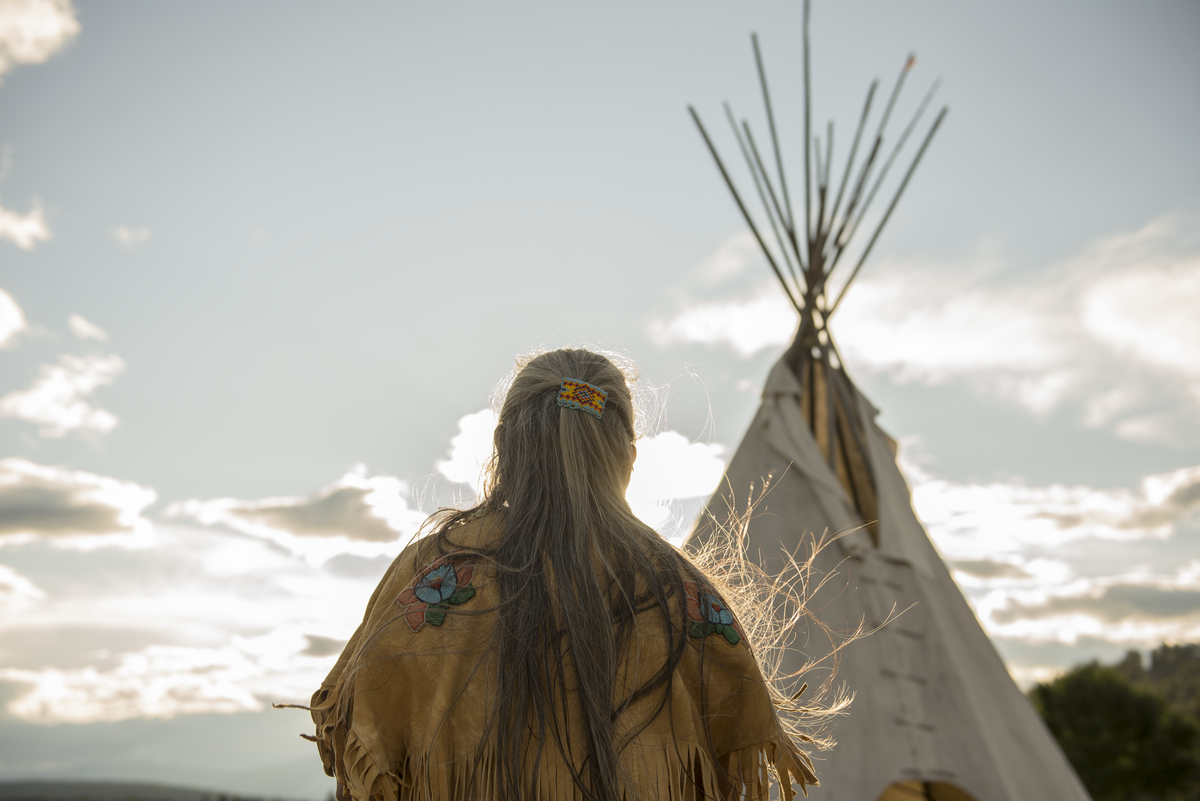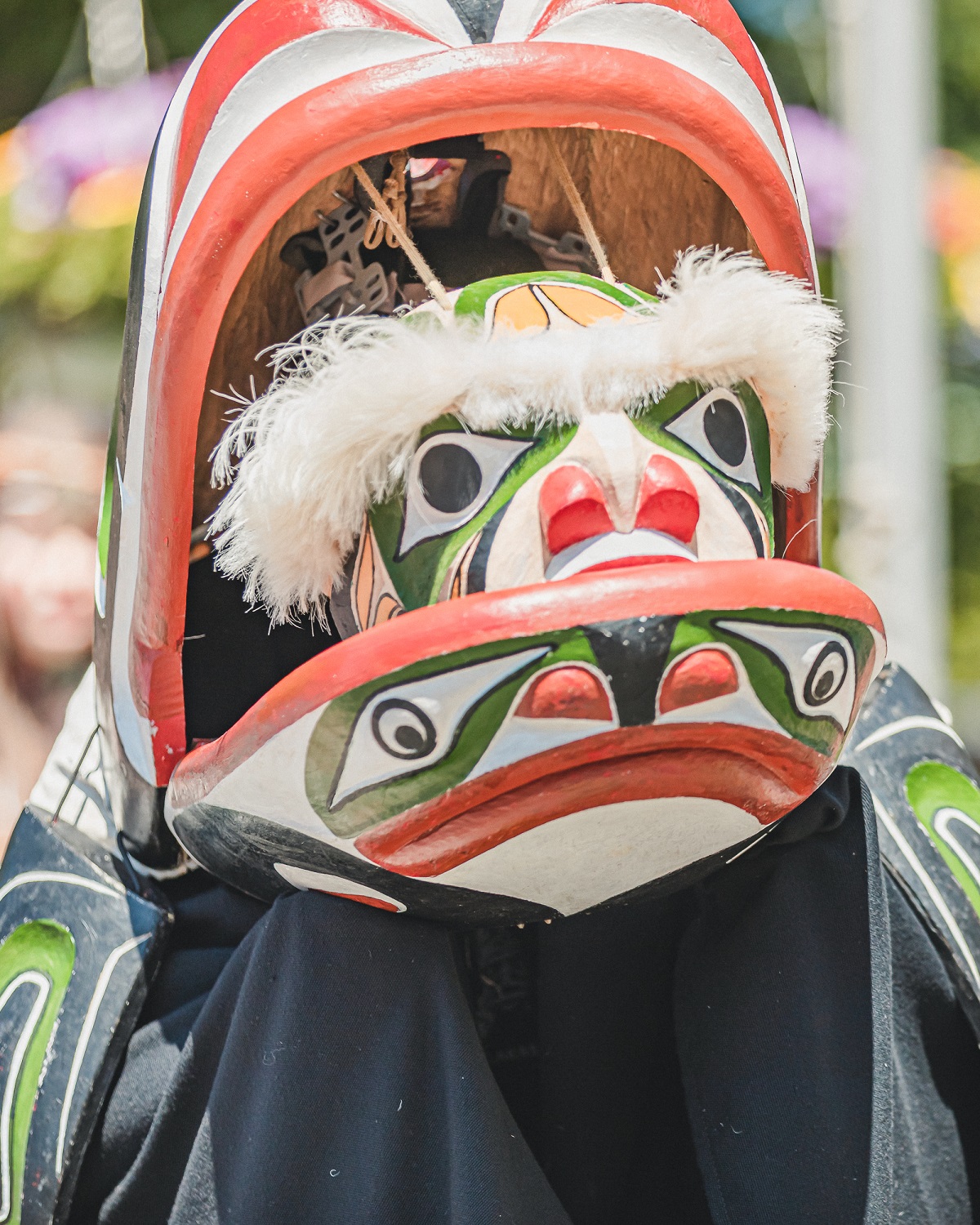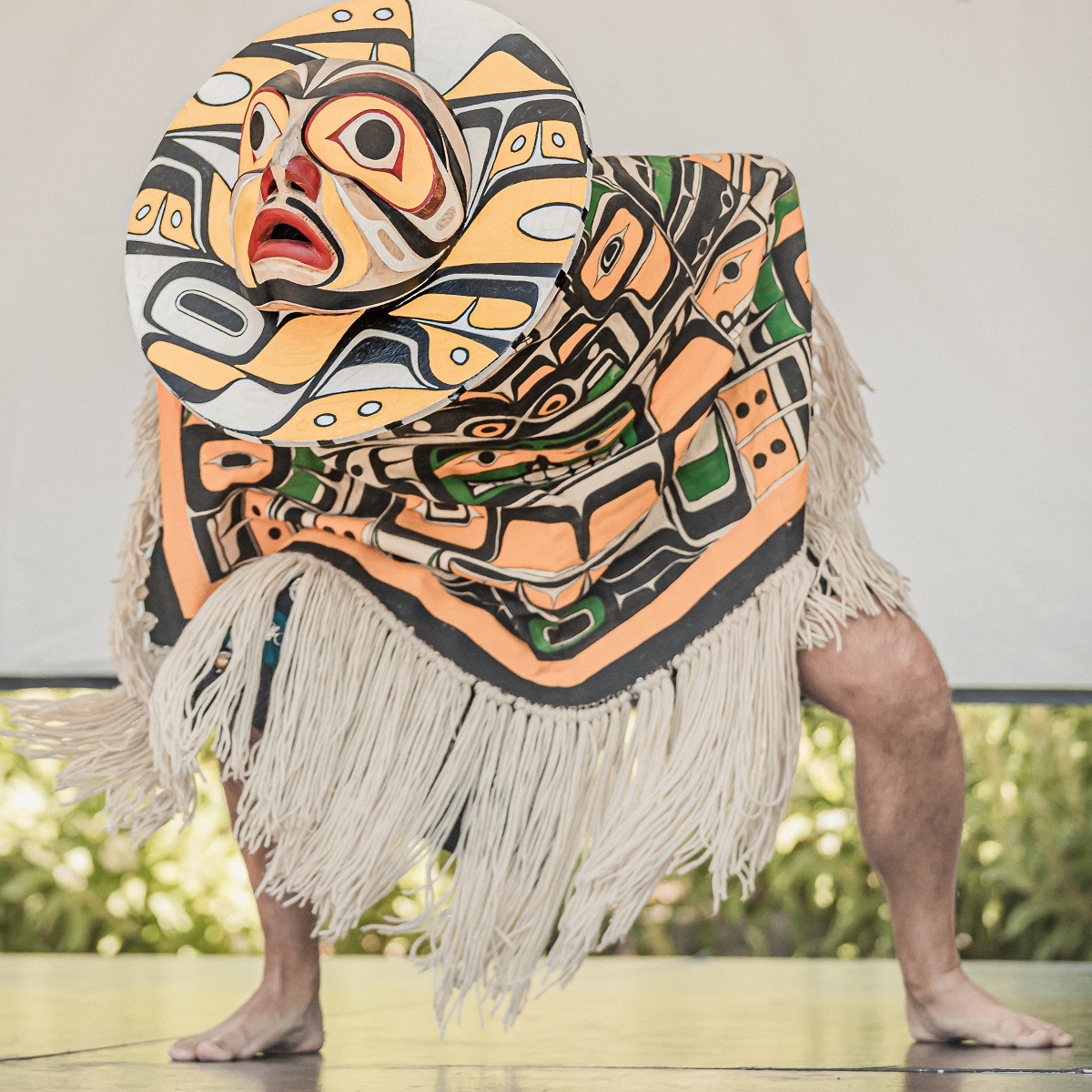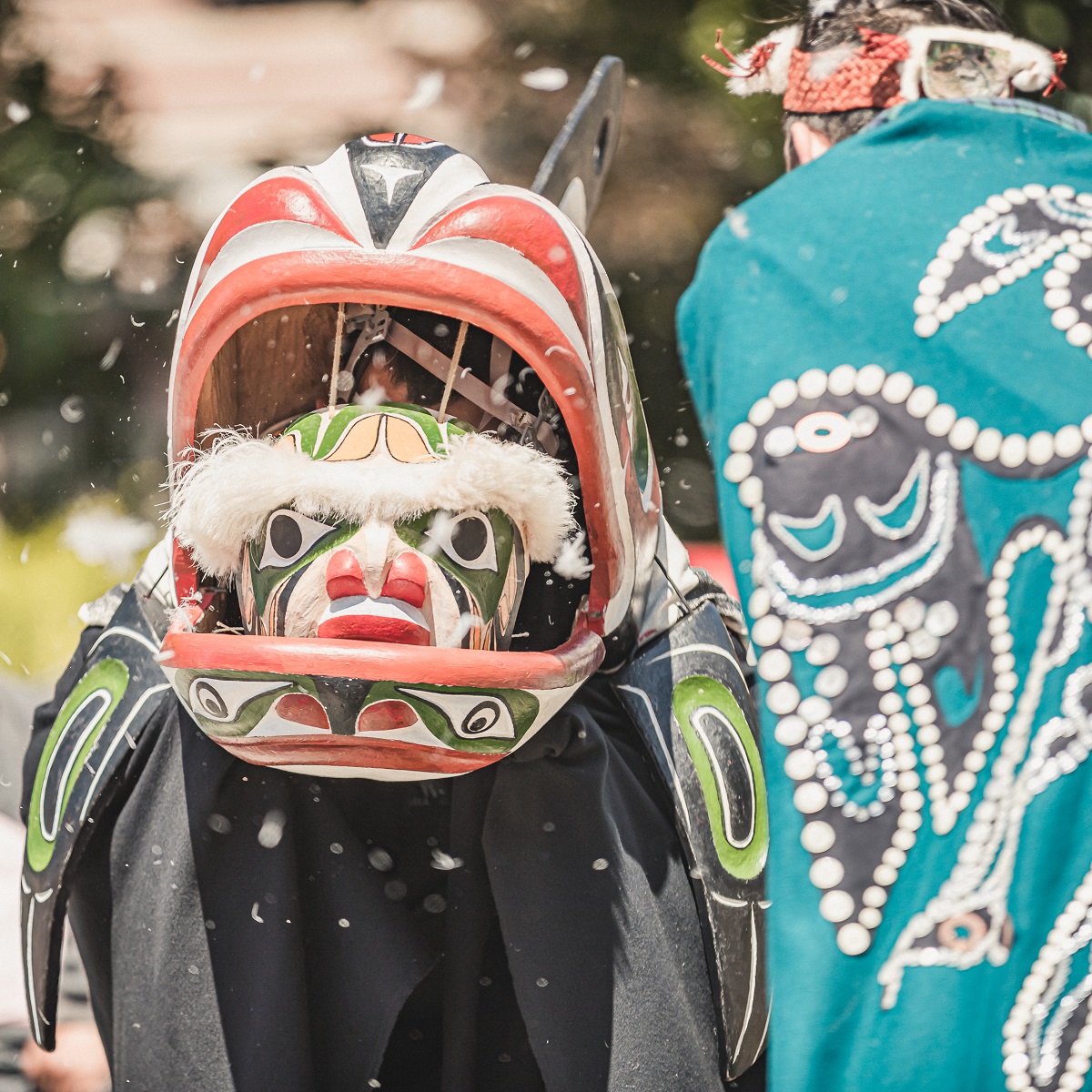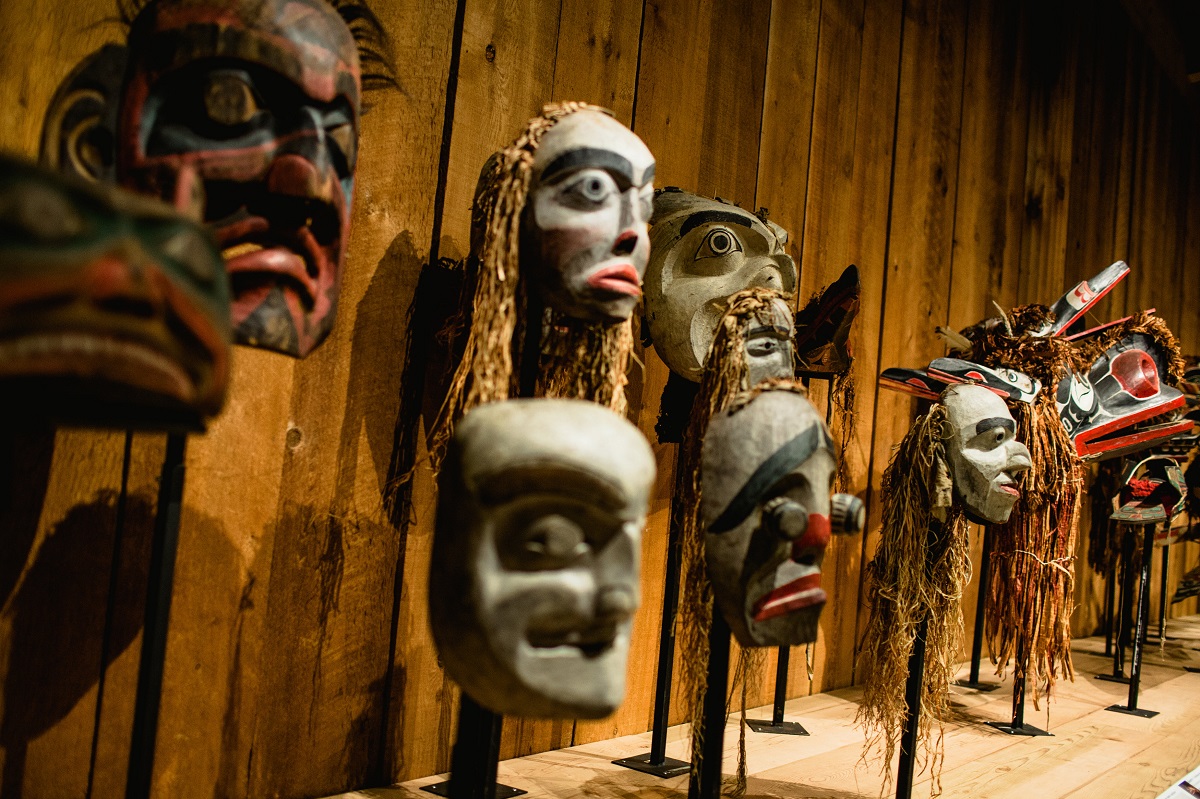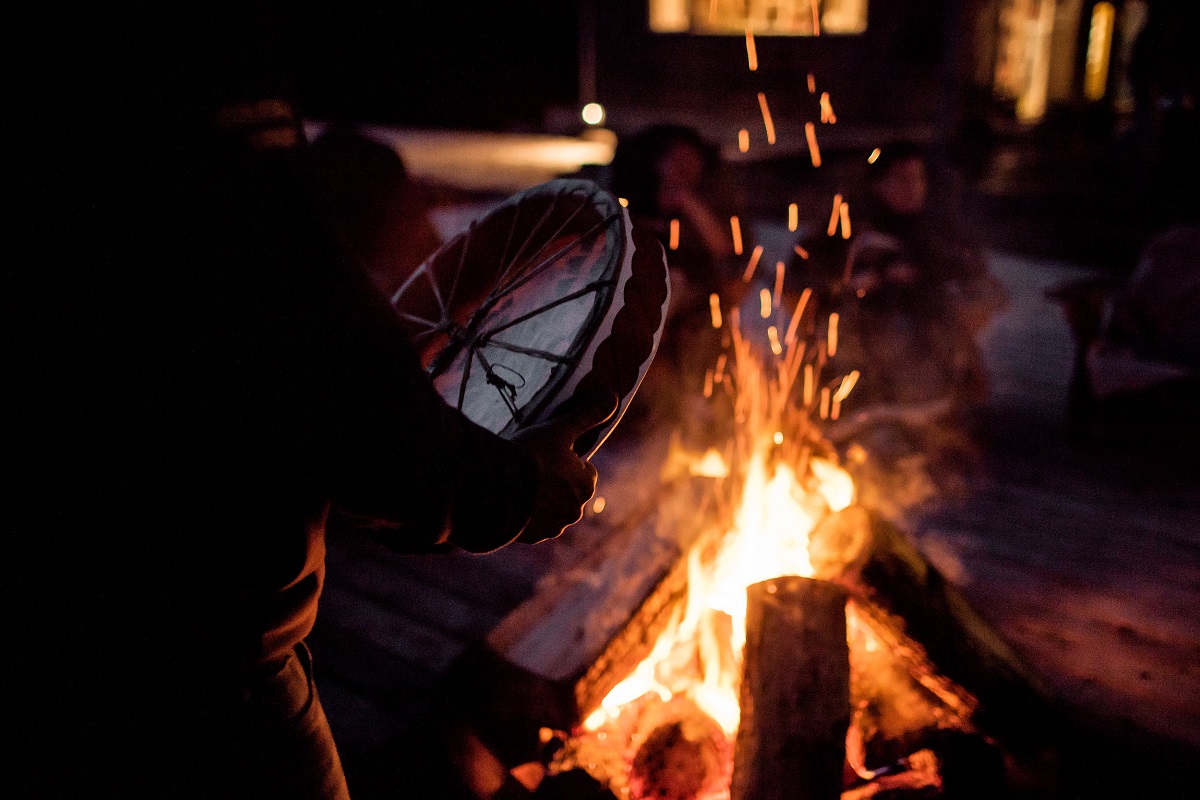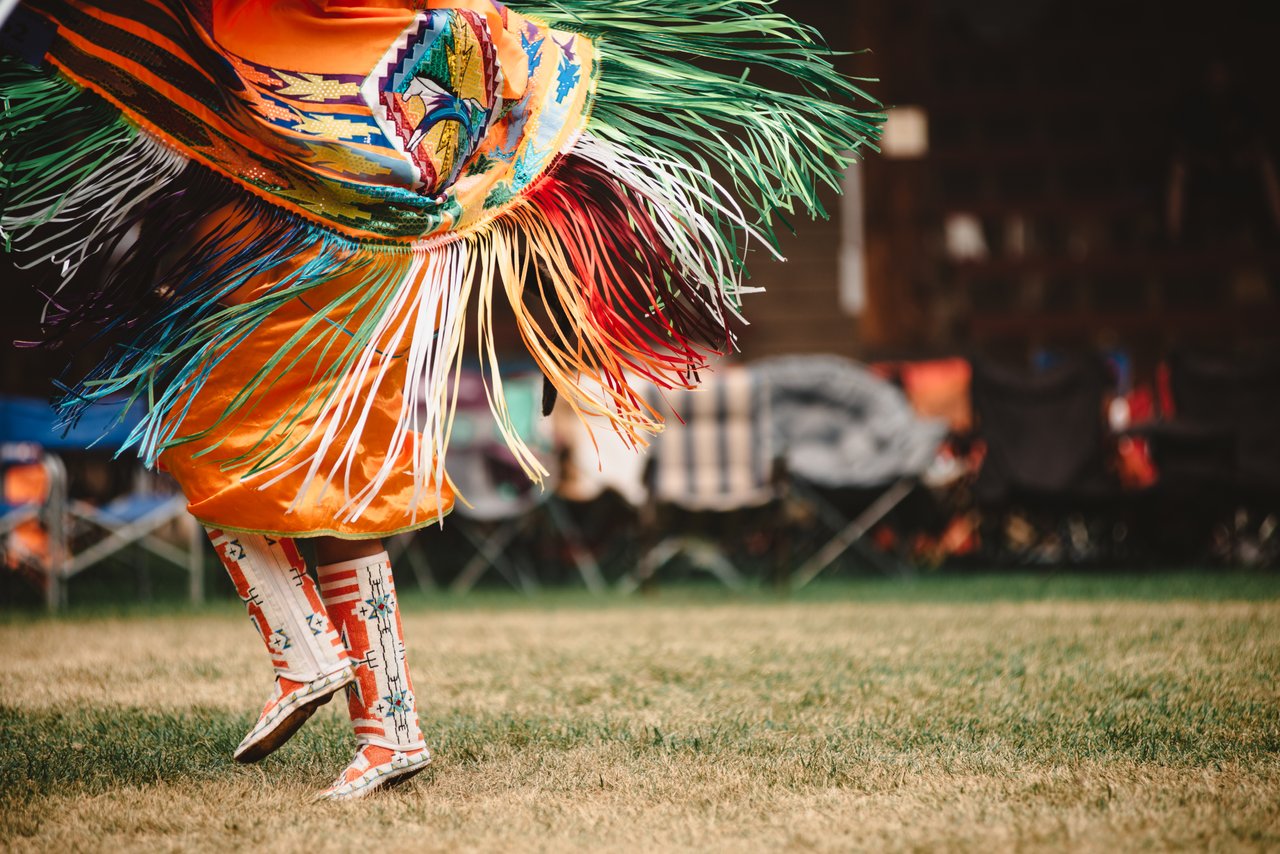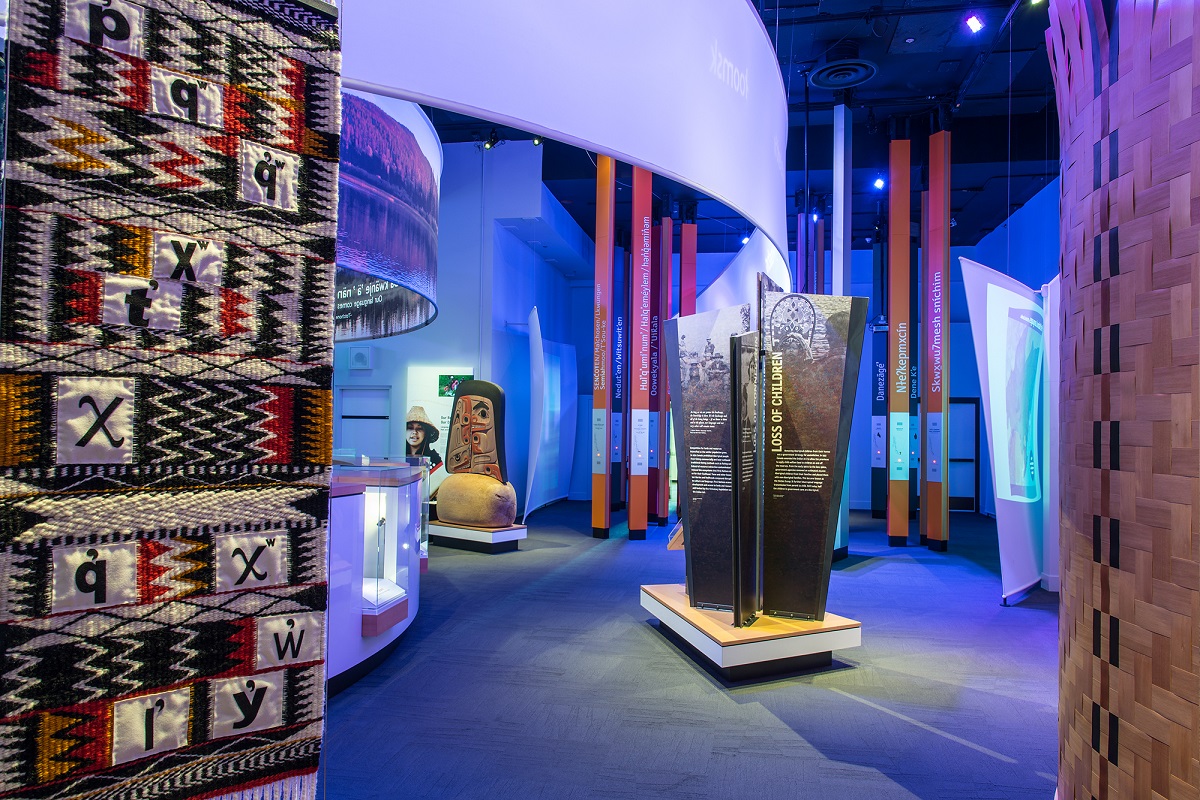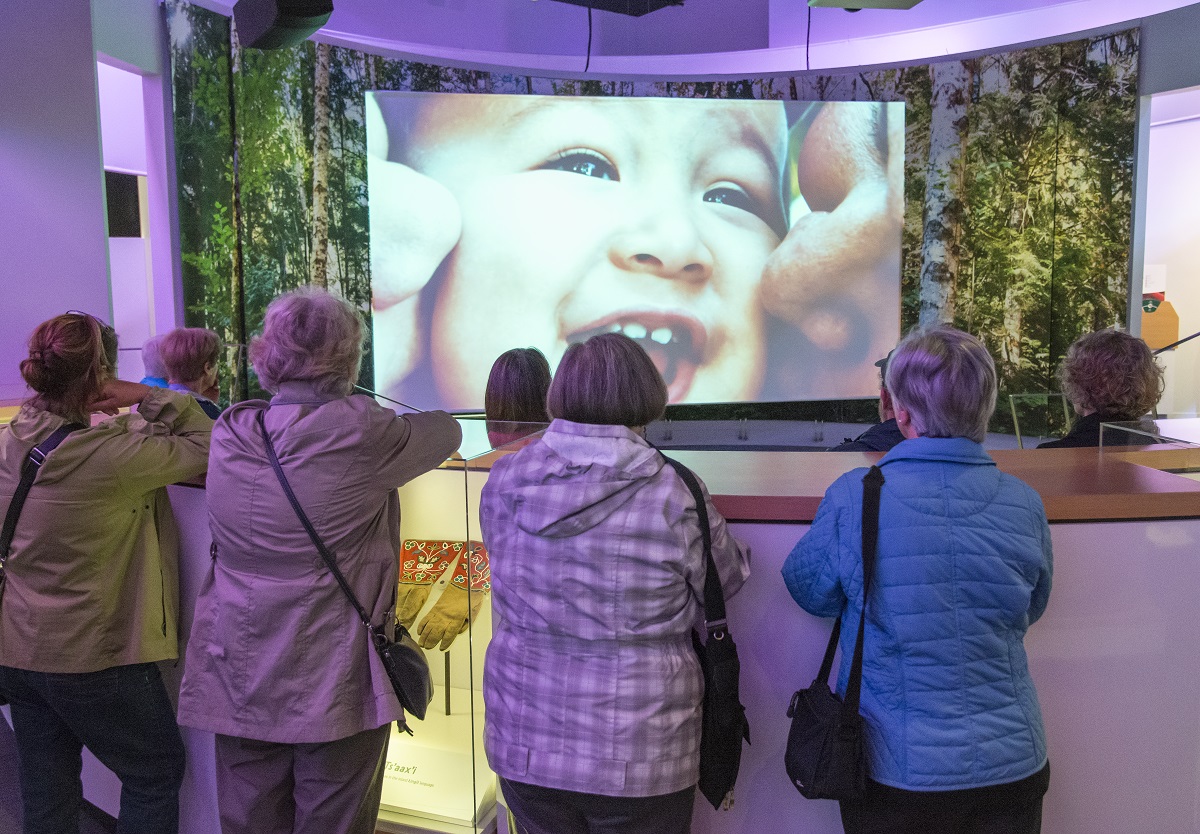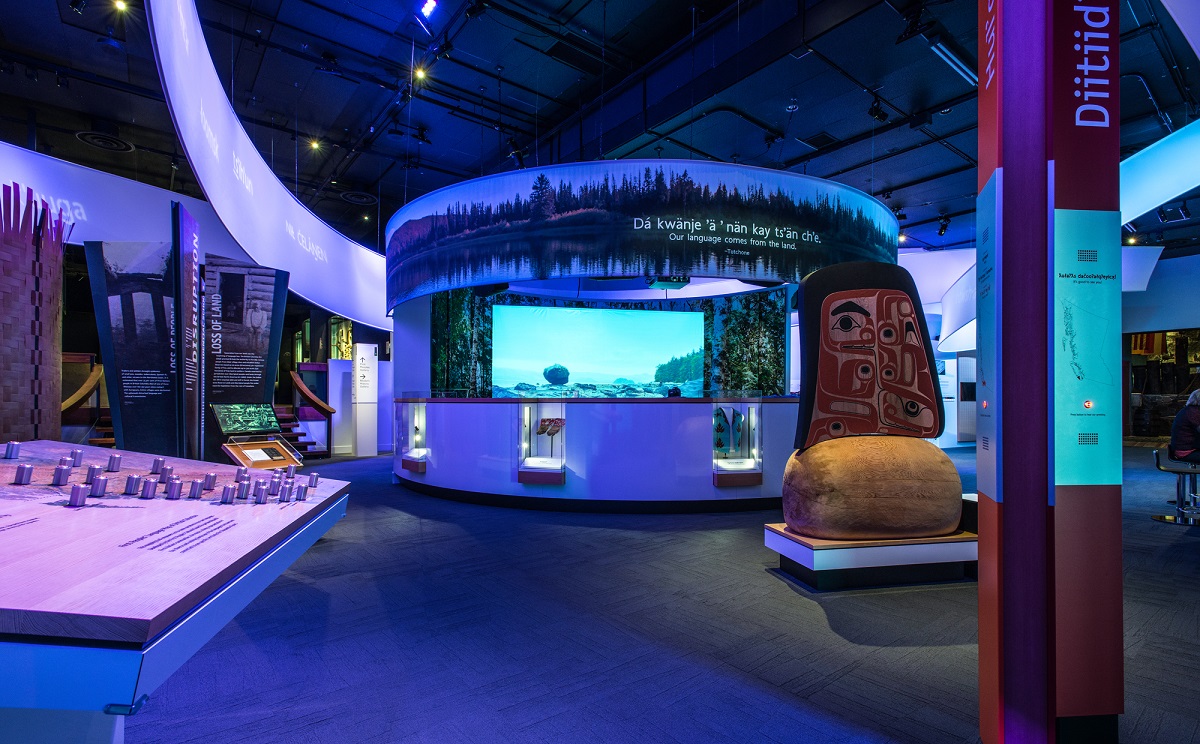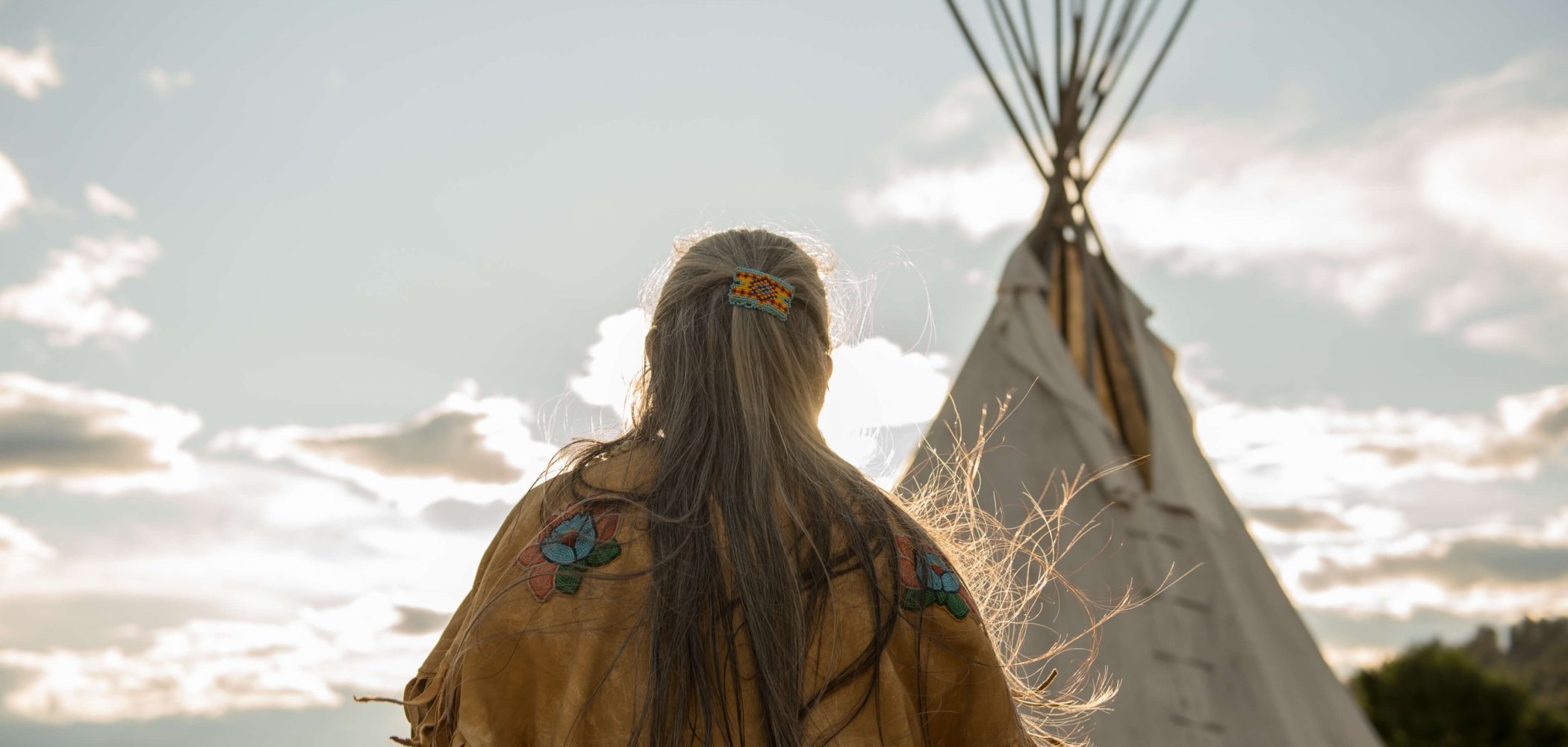
Spend 10 minutes with Mike Willie, owner of Port McNeill-based Sea Wolf Adventures and member of the Musgamakw Dzawada‘enuxw First Nation, and you come away with a greater appreciation of his native Kwak’wala language than you might get in an entire graduate-level seminar.
“The Kwak’wala language is verb-based, as opposed to English which is more noun-based,” says Willie of the language traditionally spoken in the northern part of Vancouver Island and adjacent mainland. “There’s a different paradigm altogether.”
Sea Wolf Adventures offers an immersive, adventurous experience, Sea Wolf Adventures
Like many languages around British Columbia, humour is baked into Kwak’wala. Willie likes pointing to the word gaxomas. Literally referring to an unattended canoe floating downstream, the word also functions as a witty euphemism to describe the sensation of forgetting something you were about to say. That thought, in this case, has just floated away like your canoe drifting downriver.
“In English you might start a business meeting by saying, ‘What’s on your mind?’” Willie continues. “In our language we’d say, ‘What’s in your heart?’”
A former university language instructor, Willie can hold a room all afternoon. But even after a week he wouldn’t have scratched the surface of one of the most fascinating and under-appreciated features of British Columbia—its incredible diversity of Indigenous languages.
Designated by the Living Tongues Institute for Endangered Languages as one of the world’s top “language hotspots”—high amount of endangered languages clustered in small geographic areas—British Columbia (its “hotspot” stretches below the U.S. border to encompass the Northwest Pacific Plateau) is home to 34 distinct languages and seven language families. Together these account for more than 60 per cent of all Indigenous languages spoken in Canada.
Many of the languages are related, but those seven families are “as different from each other as English and Chinese,” according to Aliana Parker, Language Programs Manager with B.C.’s First Peoples’ Cultural Council. Tsilhqot’in and Dakelh (both part of the Athabascan Language Group) and Gitsenimx (spoken by the Gitxsan Nation in Northern British Columbia) are the three most widely spoken Indigenous languages in the province. Others, like Haida in Haida Gwaii and Ktunxa in the Kootenay region, are known as cultural isolate languages, unique to those nations.
‘Ksan Historical Village and Museum, Andrew Strain | Haida Heritage Centre, Grant Harder | Ktunaxa elder in regalia next to a teepee at St. Eugene Golf Resort, Kari Medig
What’s more, Indigenous languages tend to be incredibly complex. In written form, this accounts for an abundance of what to native English speakers may appear to be a confusing array of diacritic marks.
“Depending on the dialect, English has 21 consonants,” says Daisy Rosenblum, an assistant professor with the University of British Columbia’s First Nations and Endangered Languages Program. “Kwak’wala, for example, has 42. So you need more symbols to write down all those sounds.”
Conditions that led to so many languages are mostly tied to BC’s vast terrain, which spans a gamut from island, coast, and agricultural plains to high-elevation desert and Rocky Mountains. Languages develop in specific reaction to topography. At UBC, Rosenblum teaches a class on the relationship between language and terrain.
“The knowledge of territory, including water, is encoded in the Indigenous languages,” she says. “For example, many of the languages in British Columbia don’t describe cardinal directions of north, south, east, and west. In some languages the directional system is ‘upriver’ or ‘downriver’ or ‘out to sea’ or ‘into the woods.’ Everything is described in those terms.”
In Kwak’wala, the word atłi means “back of the house,” but it also means “toward the forest,” because houses are traditionally built facing the sea.
“Speaking Kwak’wala is not just about having translations of things I want to say in English and translate those into Kwak’wala, but that I can understand the Kwakwakaʼwakw way of seeing the world, that we come from a world where the homes face the water and atłi, the forest, is behind us,” says T’łat’lakuł Trish Rosborough, an associate professor at the University of Victoria in the department of Indigenous Education.
Kwakwaka’wak dancers at the Victoria Cultural Festival, Justin Sparks Photography
To appreciate the current state of Indigenous languages in British Columbia it’s necessary to understand the devastation wreaked upon those languages by Canada’s Indian Act of 1876 (the “legal” instrument through which the Canadian government suppressed First Nations cultures across the country) and, in particular, the country’s residential school system. Operating from the 1880s all the way into the 1980s residential schools were particularly damaging. The system forcibly separated children from their families for extended periods and forbade them to acknowledge Indigenous culture or speak their own languages.
“The result of government policies was linguicide, a deliberate extinction of languages,” says Rosenblum.
It wasn’t just the nuts and bolts of vocabulary and grammar that was nearly obliterated. Because Indigenous cultures typically rely on oral tradition to commute everything from a record of events to band agreements to property rights, prohibitions on speaking Indigenous languages was tantamount to burning history books. This was especially true with the banning of traditional songs and dancing.
To Western ears, Indigenous music may be fascinating but is not widely understood. In fact, First Nations songs and dances typically convey much deeper meaning than songs in English or other languages with written traditions.
“When you put words to a melody your recall of those words in your mind is a lot quicker and more firmly established,” explains Willie. “Our ancestors were quite smart that way. Our history is embedded in those songs. The dancing you do is also connected to territory and that’s where rights and titles to certain songs and masks and dances come in. That’s why singing and dancing are so important at ceremonies.”
In 2008, former Prime Minister Stephen Harper issued a formal apology for the damage caused by residential schools.
“Two primary objectives of the residential school system were to remove and isolate children from the influence of their homes, families, traditions, and cultures, and to assimilate them into the dominant culture,” he said. “Indeed, some sought, as it was infamously said, ‘to kill the Indian in the child.’ Today, we recognize that this policy of assimilation was wrong, has caused great harm, and has no place in our country.”
U’mista Cultural Centre, Kim Kuufas | Drumming at Nimmo Bay | Kamloopa Powwow, @nathanielatakora
In 2018, there were just 4,132 fluent speakers of Indigenous languages left in British Columbia. That number accounts for about three percent of the total First Nations population in the province. More than half of these speakers are elders—65 and over—and each year their numbers decrease. The good news, however, is that interest and resource allocation in community-based language preservation and reclamation is gaining major momentum.
“We are seeing a decline in fluent speakers but an increase in the number of learners, many of them young, which is very positive,” says Parker.
The First Peoples’ Cultural Council, which in 2019 received $50 million in funding for language programs from the provincial government, has a mandate for language preservation. It administers numerous programs that have proven popular and successful across generations.
Modelled on a program developed in California, the Mentor Apprentice Program pairs a fluent speaker (often an elder) with a younger learner. Absent traditional learning resources—for most Indigenous languages there are no standardized textbooks, dictionaries, or formal classes—mentors and apprentices pair up to perform everyday tasks such as shopping, making dinner, or even doing laundry together. The key is all of these and other tasks are carried out in the Indigenous language. The program has been hugely successful, leading to ripple effects around communities.
“People see their friend or cousin or co-worker speaking the language at events and gatherings and they say, ‘I want to do that, I want to speak my language, too,’” says Parker.
Designed for preschoolers, the Language Nest Program follows an even more immersive path. Its goal is to surround very young children with a complete Indigenous language “nest,” allowing them to organically acquire their native language the way all children do, with total engagement that makes the language essential to their everyday lives. The program gained international acclaim as part of Māori language revival efforts in New Zealand—“language nest” is a translation of the Māori phrase kōhanga reo—and is being successfully modelled in British Columbia.
Royal BC Museum's Living Languages exhibit, Royal BC Museum
An easy way to get acquainted with the province’s entire breadth of Indigenous languages is to visit the First Peoples’ Cultural Council’s First Voices website. The extensive online resource includes input from over 50 community partners from across BC. It includes games, a kids’ portal, and spoken-word recordings that let you hear and compare different languages and learn simple phrases.
At the Royal BC Museum in Victoria, the award-winning “Our Living Languages” exhibit includes interactive stations as well as original First Nations artwork, video, audio, and live engagement. The creatively designed exhibition space celebrates the resilience and diversity of Indigenous languages with a colourful “language forest” where visitors can hear a greeting in any of BC’s 34 First Nations languages. In a listening cocoon, woven like a cradle, you can hear lullabies sung in different languages.
The best way to interact with an Indigenous culture, of course, is to strike up a conversation with an Indigenous person anywhere in British Columbia. Fortunately, such one-on-one opportunities for visitors should only increase in coming years.
“During our tours we have language lessons from different areas,” says Willie, whose Sea Wolf Adventures leads wildlife viewing, cultural tours, and private, custom outings. “Every guide who works with us trains in language.”
“Where there are strong and effective language policies and legislation, good language education practices in place, adequate, and stable funding, and most importantly, community mobilization, it’s really possible for languages to resurge,” according to the First Peoples’ Cultural Council’s 2018 Report on the Status of B.C. First Nations Languages. “This is an exciting time for Indigenous languages in Canada.”
Start Planning Your BC Experience
Getting Here & Around
Visitors to British Columbia can arrive by air, road, rail, or ferry.
Visit TodayAccommodations
Five-star hotels, quaint B&Bs, rustic campgrounds, and everything in between.
Rest Your Head
See what's happening now with these recent posts.


